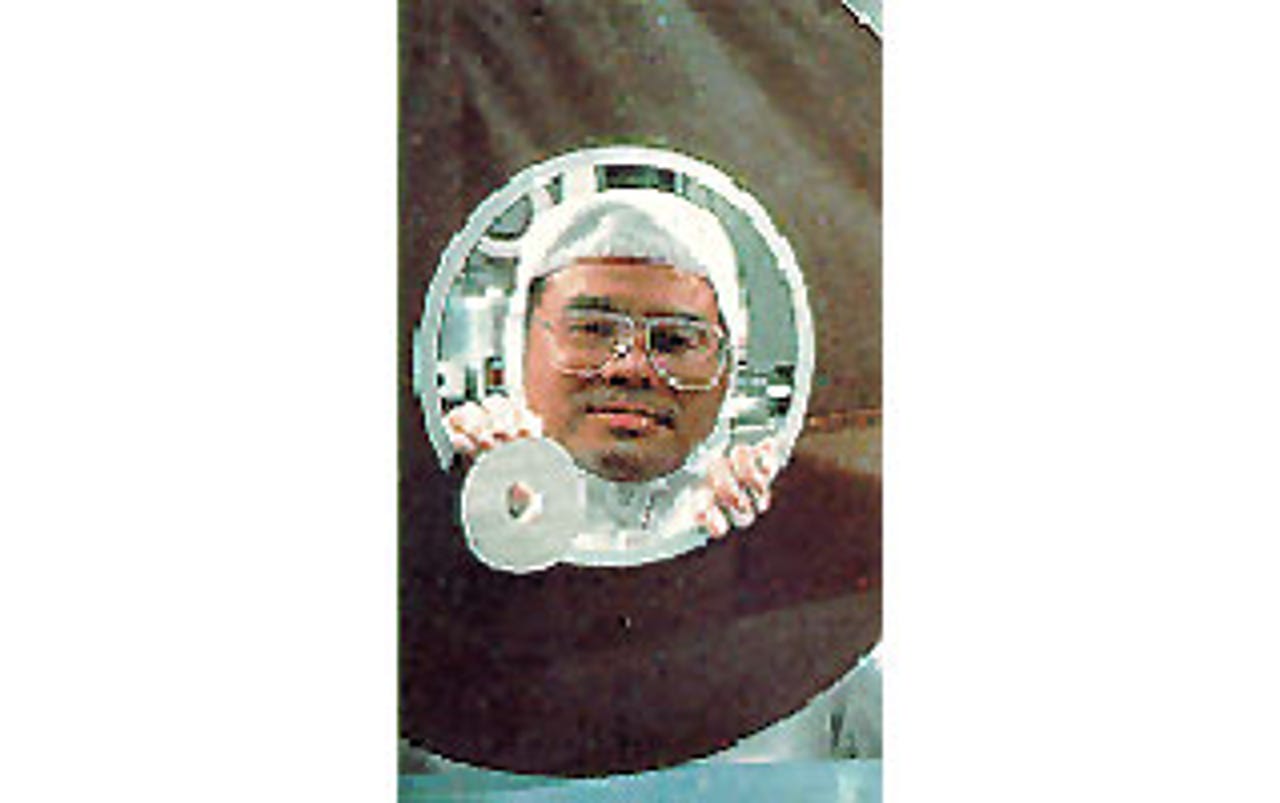Images: 60 years of IBM innovation


Hard drives
Invented in 1955 and announced in 1956, the hard drive for data storage was developed in San Jose, Calif., by IBM. The 305 Random Access Method of Accounting and Control (RAMAC) offered unprecedented performance by permitting random access to any of the 5 million bytes of data stored on both sides of 50 two-foot-diameter disks. Now, you can't even buy an MP3 player with that little memory.
Thin film recording head
The thin film recording head. Rather than on wire, the thin film relied on lithography. As a result, hard drives could hold far more than in the past.
Carbon nanotubes
An artist's conception of a carbon nanotube. A nanotube consists of carbon atoms arranged in a chicken wire pattern that gets rolled up. They are stronger than steel, conduct electricity better than any known substance and yet are incredibly light. Someday, they could find their way into chemical sensors, medicines and semiconductors.
Copper chips
Back in 1998, IBM became the first company to replace aluminum with copper in its chips. The switch, while not easy, helped reduce power consumption.
Fractals
French mathematician Benoit Mandelbrot published his work on fractals while at IBM's Watson Research Center. Fractal geometry makes it possible to mathematically describe the kinds of irregularities existing in nature.
Giant Magnoresistivehead
Speak to the Giant Magnoresistive head. What does it mean? More data on hard drives. Eventually, the GMR head will enable hard drives to hold 40 gigabits per square inch.
RISC Architecture
John Cocke, who used to leave a trail of cigarette butts all over the place at IBM Research, according to many, came up with the reduced instruction set computer, or RISC, chip architecture, which is central to Sun's Sparc chips and IBM's Power family.
Scanning tunneling microscope
Gerd Binnig and Heinrich Rohrer received the 1986 Nobel Prize in physics for inventing the scanning tunneling microscope, which can capture images of surfaces down to the atom.